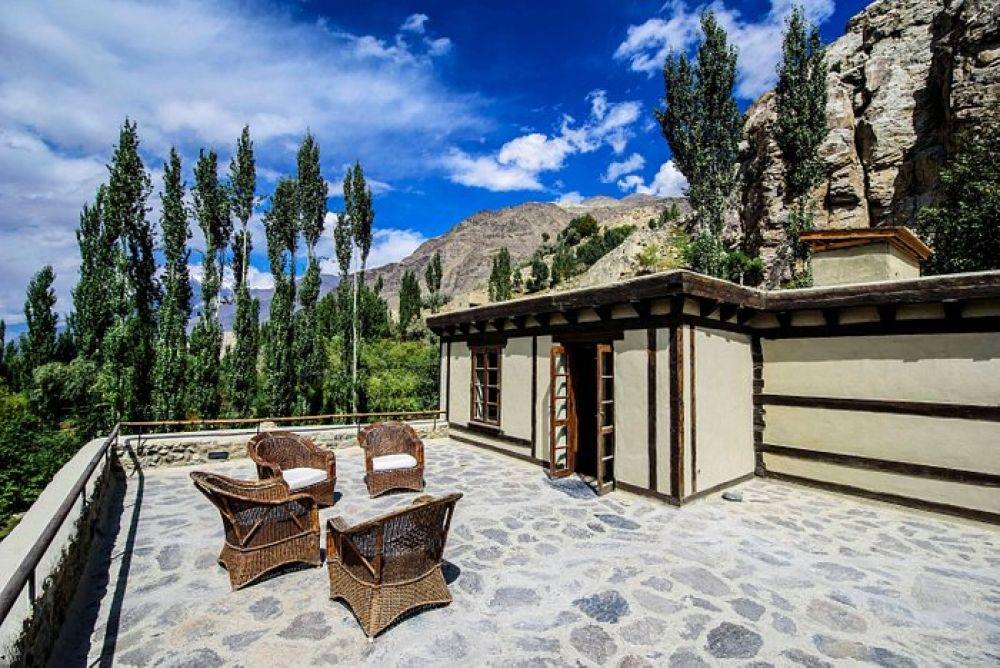Shigar Fort, Skardu, Pakistan - A Historical Beacon in Tourism
Shigar Fort, located in the majestic landscape of Skardu, Pakistan, is a significant hallmark of cultural heritage and architecture. Its role in the tourism industry reflects not just the history of the region but also the evolution of travel and exploration in this part of the world.
Historical Background of Shigar Fort
The Shigar Fort, also known as Fong-Khar, which in the local language means "Palace on the Rock," is an epitome of a fortified palace. It was built in the 17th century by the Raja of Amacha Dynasty of Shigar. The fort served as a royal residence for 33 generations, carrying the legacy and traditions of the rulers who once governed the region.
Shigar Fort's Role in Tourism
The real turning point for Shigar Fort as a tourist destination came with its restoration. The fort was restored by the Aga Khan Cultural Service Pakistan (AKCSP), which turned this historical residence into a museum and a luxurious heritage guesthouse managed by Serena Hotels. Since its restoration, completed in 2005, Shigar Fort has welcomed tourists from all over the world.
The Impact on Local Tourism
Since its opening to the public, Shigar Fort has played a pivotal role in boosting local tourism. The fusion of authentic heritage with modern luxury has attracted not only history aficionados but also those seeking unique travel experiences. The fort serves as a base for trekkers and mountaineers, providing a gateway to the great Karakoram mountain range, home to some of the world's highest peaks, including K2.
Latest Tourism Trends in Shigar and Skardu
In recent years, there has been a shift towards sustainable and eco-friendly tourism practices in Skardu. Initiatives to preserve cultural heritage and environmental conservation are paramount, reflecting the global shift towards responsible tourism. Shigar Fort itself is an example of sustainable restoration, using indigenous materials and local craftsmanship.
The influx of adventure tourists, as well as cultural travelers, has put Shigar Fort on the map for international visitors seeking to explore less-traveled destinations. The picturesque location of the fort, coupled with the increasing popularity of cultural experiences and adventure sports like trekking and mountain climbing, are shaping the tourism trends in the region.
Conclusion
Shigar Fort stands not just as a remnant of days gone by but as a beacon for future tourism in Pakistan. With its rich history and contemporary role as a hospitable retreat, the fort perfectly encapsulates the beauty and diversity of Skardu's cultural landscape. It remains a testament to the allure of Pakistan's mountainous north and continues to play an integral part in the story of the area's emerging tourism success.

